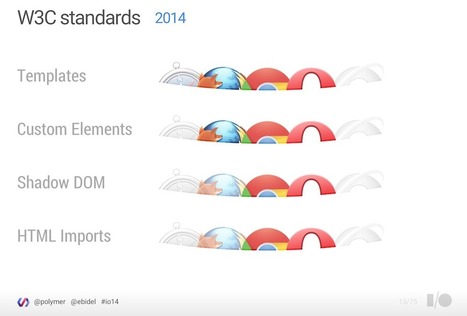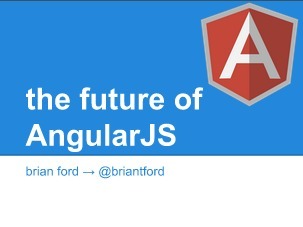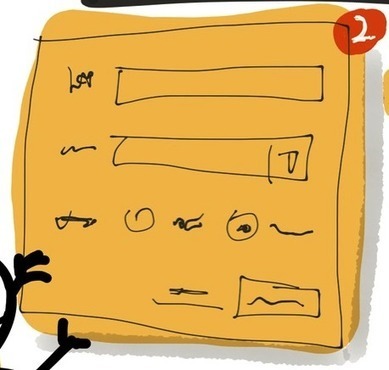In this project I want to compare the usage and development of components in several frameworks. To test these frameworks I'll create multiple components from simple to complex to show the differences between these frameworks. I currently plan to look into the following frameworks:
Research and publish the best content.
Get Started for FREE
Sign up with Facebook Sign up with X
I don't have a Facebook or a X account
Already have an account: Login

Keeping track of current JavaScript Frameworks that help design your clientside Business Logic Layers.
Curated by
Jan Hesse
 Your new post is loading... Your new post is loading...
 Your new post is loading... Your new post is loading...
No comment yet.
Sign up to comment
|
|

















